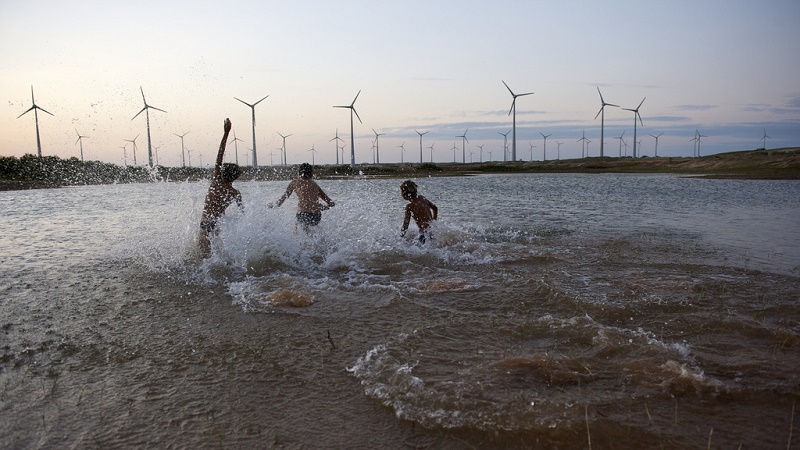The world’s top six development banks delivered $3 billion less in climate finance through 2015 compared to 2014, recently released figures reveal.
Last year the World Bank, African Development Bank, Asian Development Bank along with their equivalents in Europe and Latin America collectively delivered $25bn in green funding. In 2014 the figure was $28bn.
World Bank climate finance flows accounted for $1bn of the shortfall, but in a report published this week the Multilateral Development Banks (MDBs) blame the fall on changes in reporting procedures.
“2015 climate finance figures reflect changes in reporting parameters of the IDB and the WB Groups, and modifications in EU reporting,” the report says.
“A significant amount of work has also been undertaken to establishing better tracking systems within the MDBs,” it adds.
Total #climatefinance mobilised in 2015 was an impressive 3:1 of development bank's own or managed resources pic.twitter.com/XgC9AGg0nh
— Abyd Karmali OBE (@AbydKarmali1967) August 11, 2016
An official with the London-based European Bank for Reconstruction and Development said finance flows were on a “clear upward trend” despite the dip.
Since last year’s Paris climate summit all development banks have confirmed they plan to radically boost climate funding, ranging from the AfDB’s pledge to triple support to the World Bank’s projected $16bn hike by 2020.
“MDBs are generally on track to meet their 2020 climate targets as announced in the second half of 2015. Financing reported in the 2015 report is a result of previous years of work on pipeline development and support for project preparation,” said the EBRD official.
“From 2016 onwards, MDB figures should reflect the growing importance of climate finance for these institutions.”
But a deeper dive into #climatefinance mobilised by development banks shows that only 20% came from private sector pic.twitter.com/rUSp8BW2Ni
— Abyd Karmali OBE (@AbydKarmali1967) August 11, 2016
According to the report, over US $80 billion aimed at clean energy and climate resilience was mobilised from the private sector and governments in 2015 as a result of MDB investments.
The co-financing figures include “all forms of financial instruments, including grants, loans, equity, guarantees” according to a World Bank briefing.
Nearly 60% of finance flows were directed towards Asia, Latin America and the Caribbean, with 18% allocated to Africa and the Middle East.

(Pic: MDB 2015 climate finance report)
Clean energy and emission busting projects dominated funding, with just 20% directed towards climate resilience and adaptation initiatives – which are often cheaper.
“We are determined to do all we can to maintain the momentum and promise of the historic Paris climate change agreement,” said John Roome, head of climate at the World Bank.
“The World Bank Group is determined to deliver on our pledge to increase annual funding for climate work to potentially $29 billion annually in 2020.
“We already have plans to provide more than $1 billion to support India’s ambitious initiatives to expand solar and have already approved projects to help farmers in countries like Niger grow more to adapt to a changing climate.”
